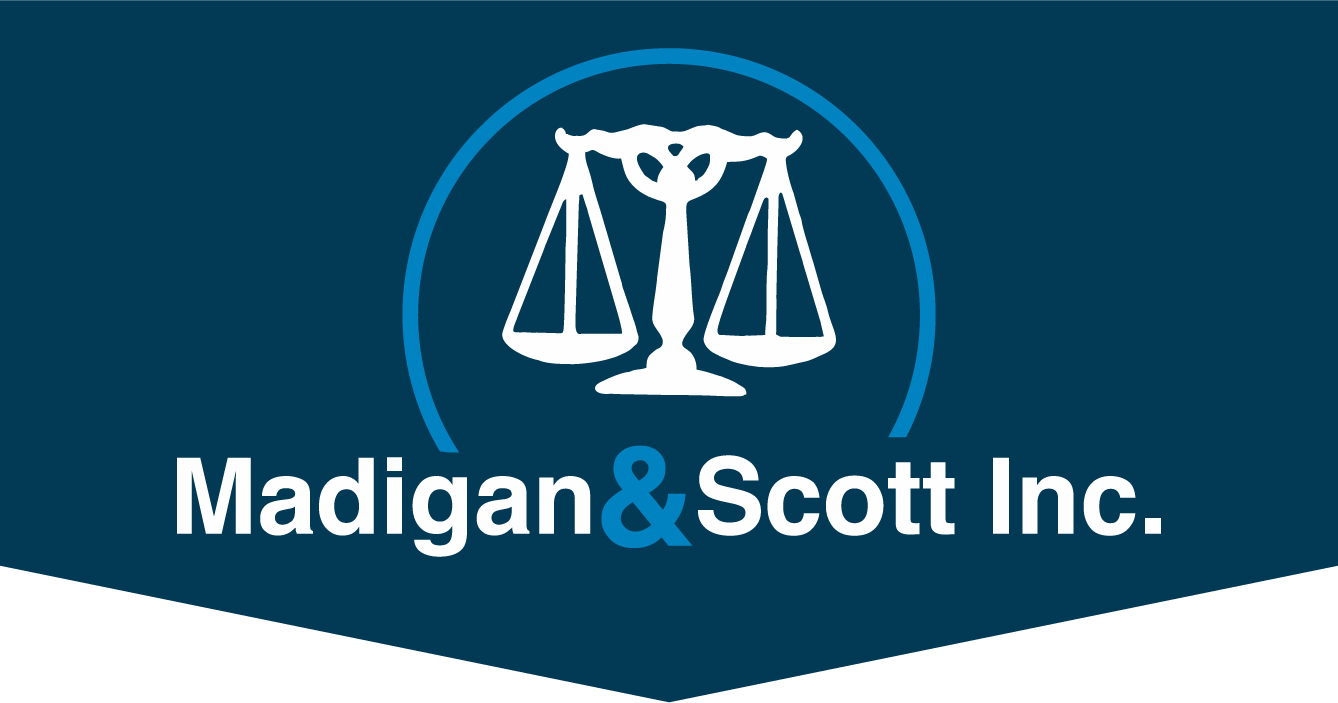Life is filled with joyous moments and changes, such as welcoming new family members. These changes bring happiness but also introduce new responsibilities that require consideration. As family dynamics evolve, so should your estate plan. Ensuring that your loved ones are well taken care of is a top priority, and updating your estate plan is a crucial step in reflecting these changes.
Including New Family Members
Whether it's new grandchildren, nieces, nephews, or adopted children, each new addition should be embraced within your estate plan. This ensures they’re accounted for in asset distribution, helping you share your legacy with them according to your wishes.
Adjusting Beneficiary Designations
Updating beneficiary information is essential to reflect your current wishes and accommodate new heirs. As your family grows, ensuring your beneficiaries are correctly listed guarantees your assets are distributed as you intend.
Guardianship Planning
Designating guardianship for younger family members is an important step to secure their well-being in case of unforeseen circumstances. Determining who would step in as a caregiver adds another layer of security, providing peace of mind that your little ones are in good hands.
Minimizing Disputes
A clear and updated estate plan can significantly reduce family misunderstandings. Providing well-defined directives prevents potential disputes and offers family members the clarity and peace of mind they deserve during emotionally challenging times.
Keeping Pace with Changes
As financial situations, tax laws, and family dynamics progress over time, regular updates to your estate plan are necessary. These updates ensure your plan remains accurate, relevant, and in alignment with your current life circumstances.
Consider taking the next step by consulting with an estate planning professional. They can guide you in ensuring your estate plan reflects all recent changes in your family, securing your family’s future and your peace of mind.
